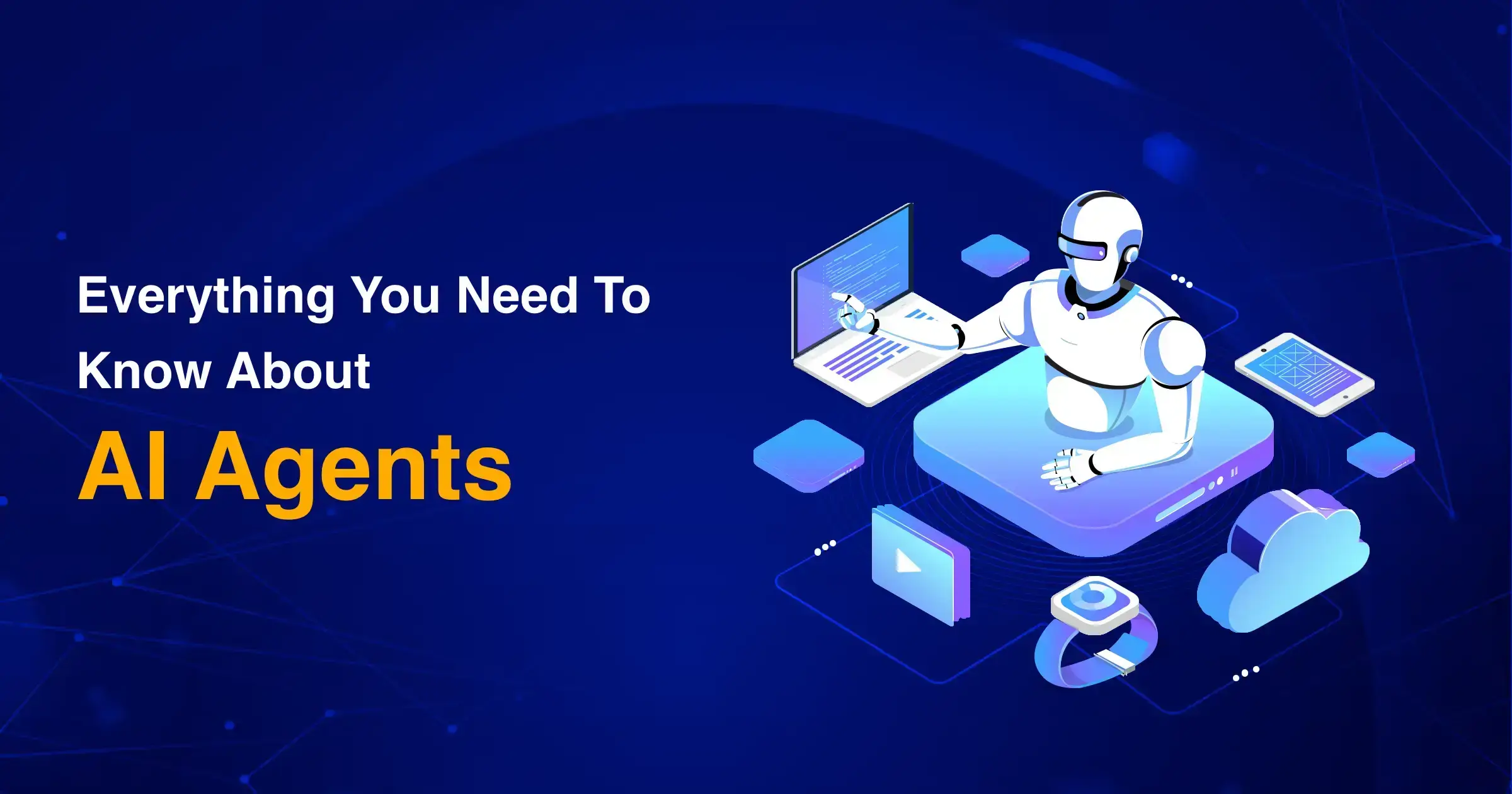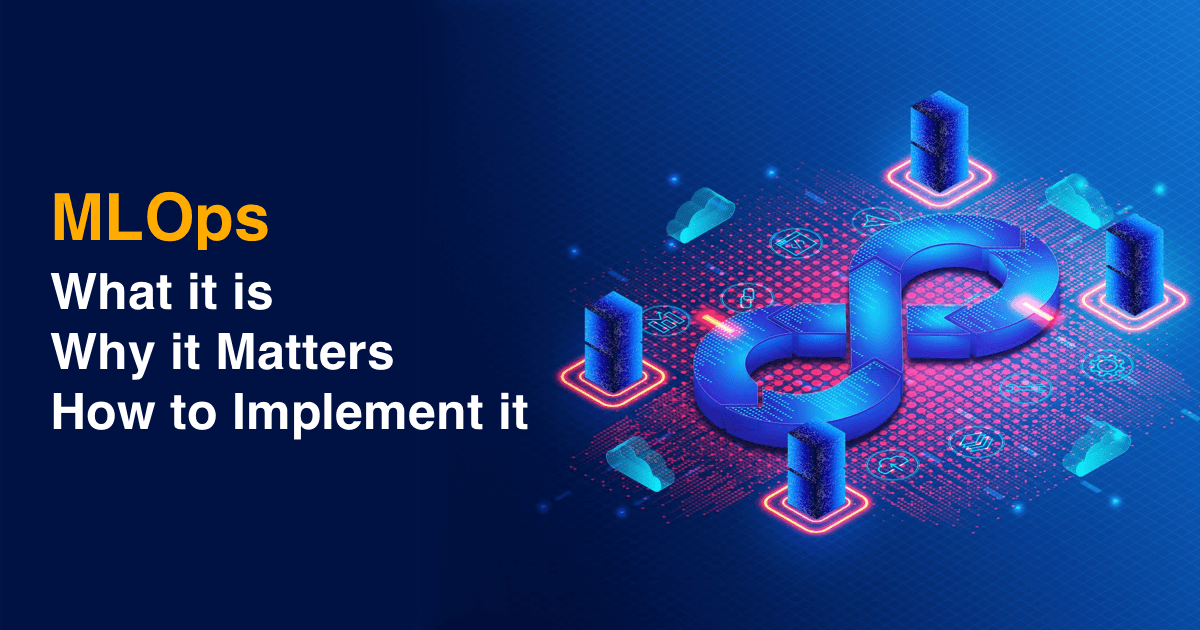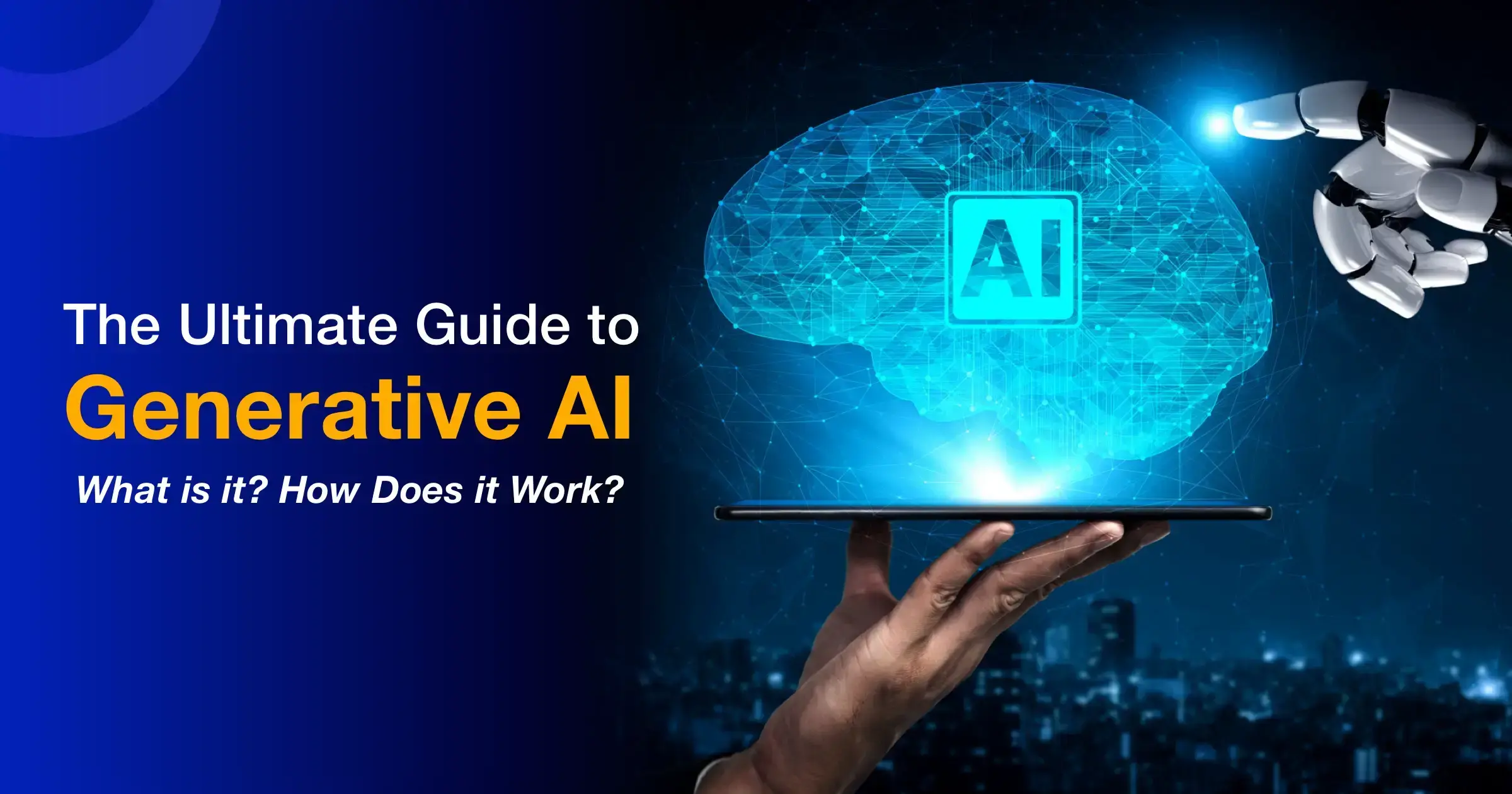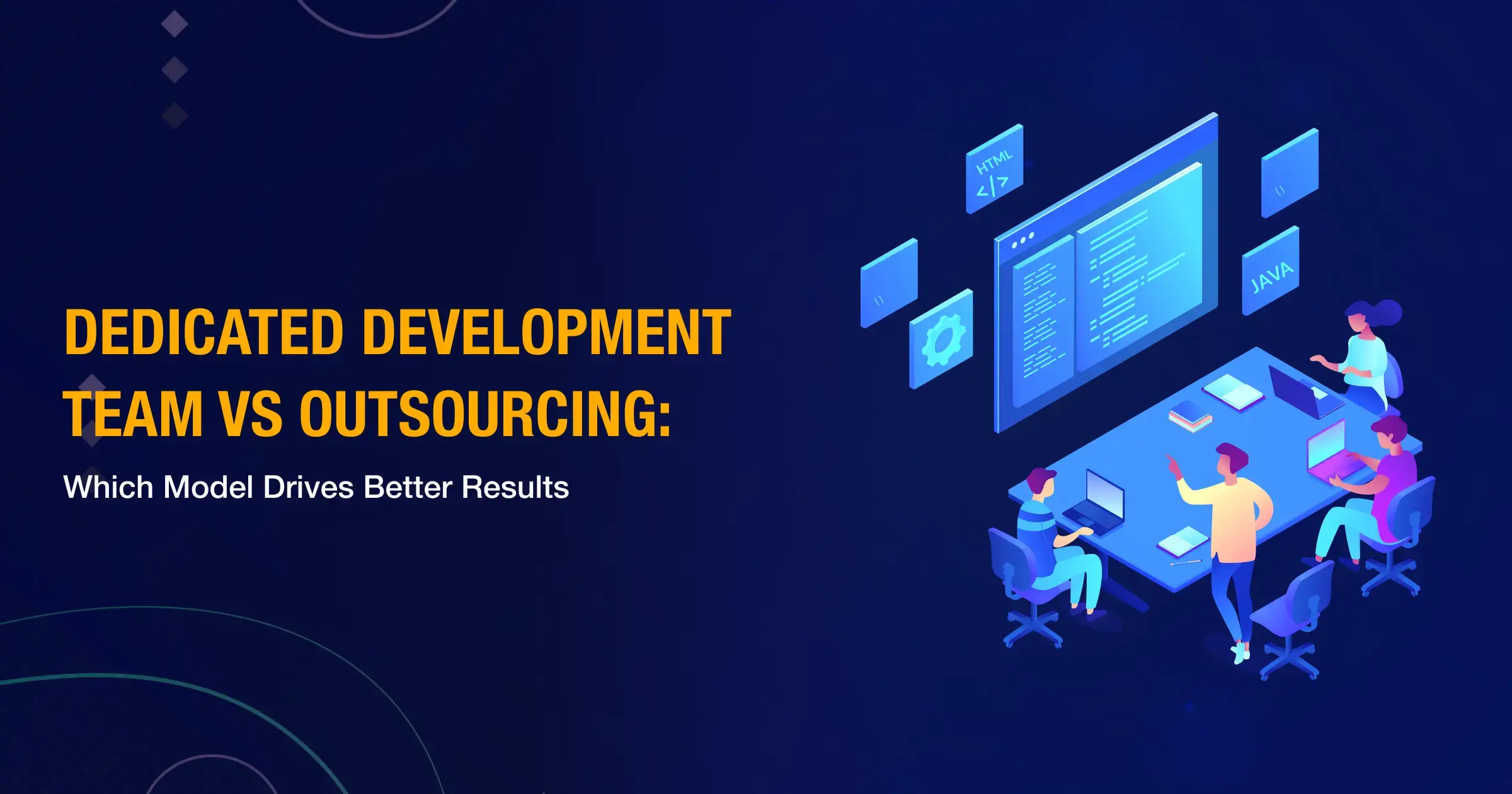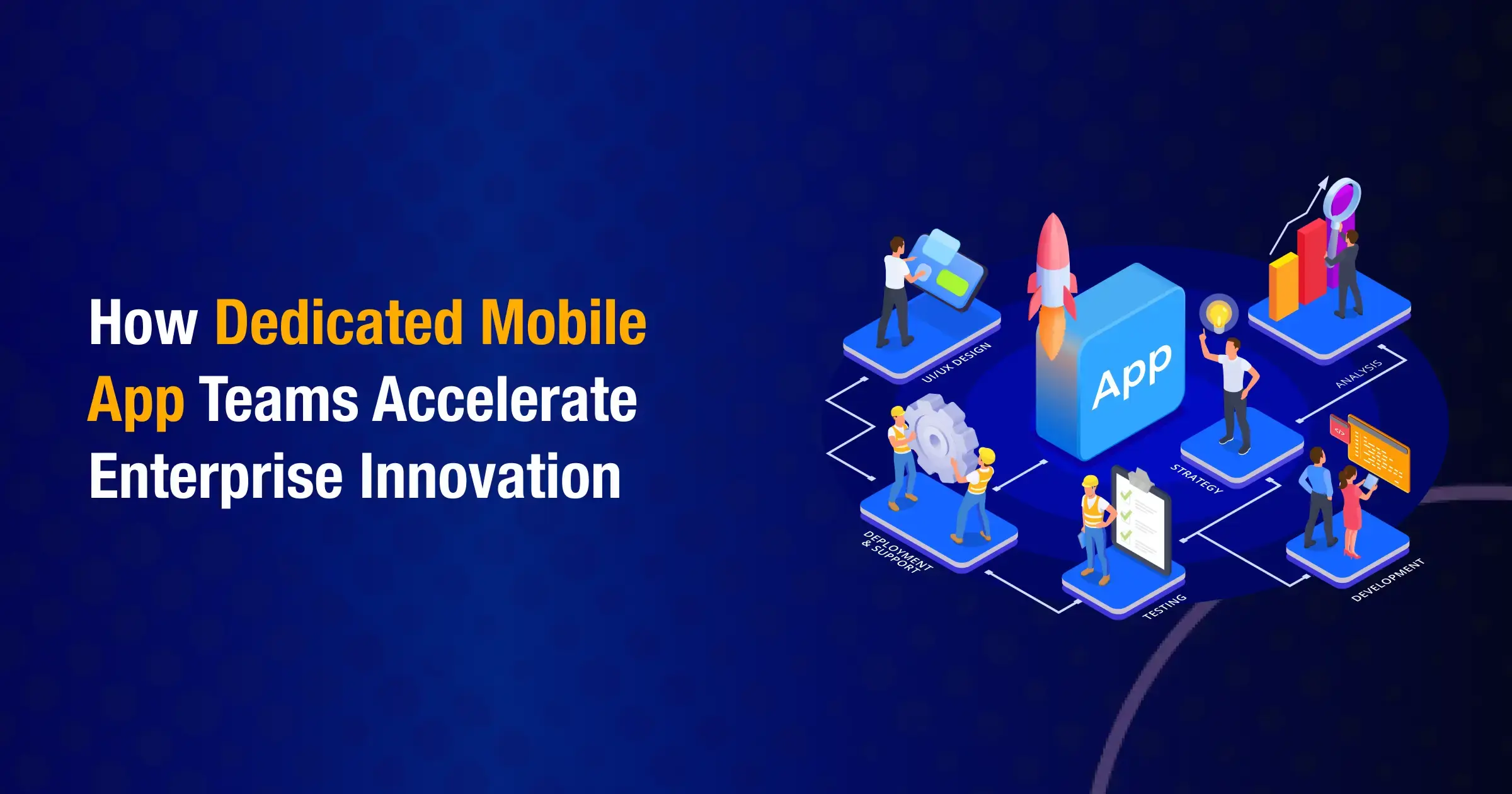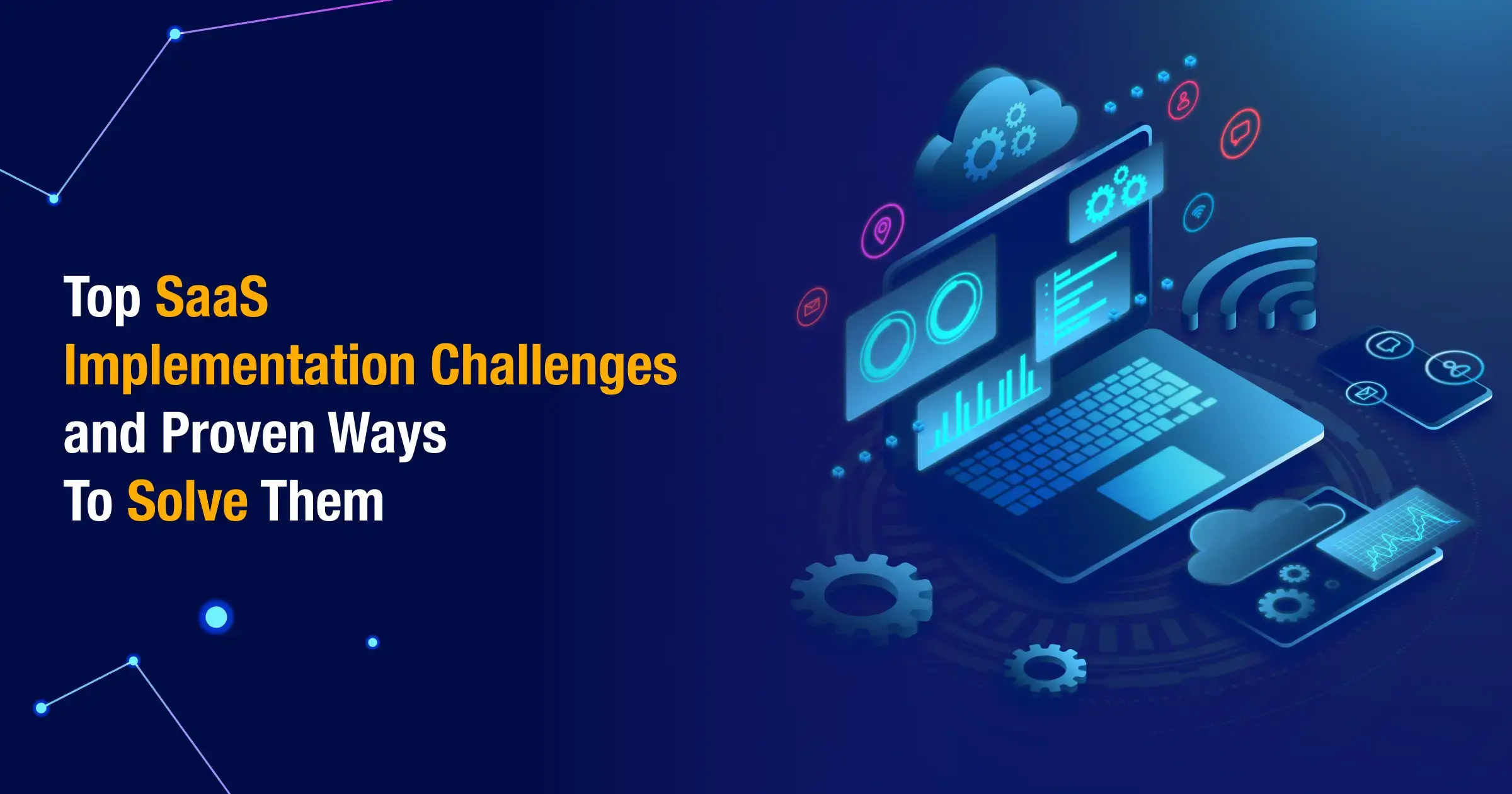
Introduction
AI Agent is a new technology in the emerging tech space. They’re moving fast from the lab into the core of business. Whether automating complex workflows, making decisions on the fly or even talking to other digital systems, AI Agents are proving they’re more than just another AI buzzword – they’re changing how modern systems think, act and evolve.
You may have heard terms like “autonomous agents”, “agentic AI” or even “AI copilots” floating around. They all point to the same thing. They’re just software entities that can perceive, reason, and act independently to achieve a specific goal.
What makes this concept powerful isn't intelligence – it's autonomy. We’re now seeing AI that doesn’t just respond – it initiates, adapts, and learns from its environment.
Big players like McKinsey and BCG are already integrating AI Agents to optimize internal operations, support client work and accelerate decision making. And with foundational models like GPT-4, Claude and Gemini enabling more agentic behaviors, the pace of innovation is only speeding up.
In this blog, we’ll go deep into AI Agents from the ground up by answering questions like what they are, how they work, how they are different from traditional AI systems, and more.
What are AI Agents

AI Agents are like the next generation of digital experts or intelligent agents with their own thinking ability. If we look deep down at their core, AI agents are software programs. But, they have the ability to think through tasks and make decisions, based on which they take action on their own to achieve specific goals.
Here’s a simple way to understand them: humans define the goal, but the AI Agent figures out how to get there. For example, imagine a customer service AI Agent. It doesn’t just wait for humans to program it what to do next, neither does it rely on any scripted answer.
It first reads the customer’s question, understands the intent behind it, searches data, including the customer’s past interactions, asks clarifying questions if needed, and either solves the issue or routes it to a human, all without a developer scripting every single step.
What makes AI Agents so powerful is their ability to think autonomously and act upon it. They observe their environment (through text, data, voice, or even sensor input), analyze what’s going on, predict the best next move, and then do it.
And they don’t just stop at one task — they can coordinate across tools, systems, or even other agents to handle complex workflows.
Another big plus is its adaptability. Unlike traditional software which requires explicit programming for every scenario, AI Agents can learn and adjust as they go. Thanks to large language models (LLMs) and multimodal AI they can handle text, code, audio, images and reason across them in real time.
For example, a Complaint Resolution Status Agent tracks the resolution progress of complaints and provides real-time updates to customers to maintain transparency. A digital marketing agent might analyze customer behavior across platforms and fine-tune campaigns on the fly.
These agents are more than just reactive. They are proactive and optimize the outcome based on the data they receive.
In short, AI Agents combine reasoning, memory, learning and planning, they don’t just execute tasks — they figure out the best way to execute them.
Key points about AI Agents:
- They autonomously perform tasks, make decisions, and pursue goals without constant human input.
- They can process multimodal information like text, voice, code, and images and coordinate across systems.
- They’re built to be rational and goal-driven, always aiming for the best possible outcome based on available data.
How do AI Agents Work
AI agents are remarkably practical systems that are designed to get things done. With large language models (LLMs) at their core, AI Agents utilize tools to process real-time data and achieve complex goals autonomously. Let’s break down how they actually work behind the scenes.

1. Understanding the Input data:
At the first step of operation, the AI agents get the input data, the data can be either human input or data collected continuously from the sources. Based on specific instructions given to the agent, the agent will process the data and determine the actions to be taken for processing the request.
2. Determining the Goals:
Once the data is processed, the request may be broken down into specific goals that guide how it will be handled. The agent uses these goals to plan tasks that align with the original input and ensure a relevant outcome.
Each goal is then further divided into smaller, actionable tasks. To achieve the overall objective, the agent carries out these tasks in a specific sequence or under defined conditions.
3. Reasoning using available Tools:
The capabilities of an agent are significantly extended through the use of tools. Tools are functions or external resources that enable the agent to interact with its environment and enhance its functionality.
They allow agents to perform complex tasks by retrieving information, manipulating data, or controlling external systems. Once the agent identifies its goals, it leverages the available tools to process each goal and gather the necessary information.
The agent then utilizes large language models (LLMs) to analyze the collected data and generate a response to the original input.
What is the Difference Between AI Agents and Agentic AI
It is fairly common that people often mix the usage of AI agents and Agentic AI. After all, they sound almost identical. While they are related, those two terms mean entirely different things. Let’s break it down into simple terms to understand better.
AI Agents
AI agents are task-focused helpers. They are software systems designed to complete specific tasks or goals. They are basically like your digital assistants, where you can use them to do a multitude of tasks, from searching for information to automating workflows.
AI agents work with a clear goal in mind and often use large language models (LLMs) like GPT to understand and process language.
While they are advanced, AI agents usually need to be given tasks or goals by humans. Although they are great at executing the tasks given to them, they don’t always operate at a high level of independence or creativity.
Agentic AI
Agentic AI takes it several steps further. It’s not just about doing tasks but thinking, planning, and acting more like an independent decision-maker.
Agentic AI systems can set their own sub-goals and figure out the best way to achieve them. Based on the goal, its complexity and its very nature, Agentic AI adjusts its strategies as it learns and even collaborates with other systems.
They show goal-driven behavior and continuous learning which gives them a level of autonomy that goes beyond traditional AI agents.
In short:
- An AI agent follows instructions.
- Agentic AI can decide what to do next, not just how to do it.
To clearly understand the key differences, let’s look at the table:
AI Agents vs Agentic AI
| Feature |
AI Agents |
Agentic AI |
| Autonomy |
Executes predefined tasks, relies on human-set goals |
Sets and refines goals autonomously, and makes independent decisions |
| Learning |
Learns within task boundaries, improves task execution |
Continuously learns across tasks, adapts to new situations |
| Decision-Making |
Follows rules, applies reasoning within limits |
Engages in high-level planning, adjusts strategies on the fly |
| Tool Use |
Uses external tools or APIs as instructed |
Selects and combines tools creatively, sometimes working with other agents |
| Examples |
(Co-Pilots, Sales Agents, Personal Assistants) |
Self-optimizing systems, autonomous research agents, and multi-agent ecosystems |
What are the Types of AI Agents
AI agents are classified into five broad types namely:
- Reflex Agents
- Model-Based Agents
- Goal-Based Agents
- Utility-Based Agents
- Learning Agents

As the working of AI agents is the same, the intelligent agents themselves come in different types, each designed to handle things in unique ways. Based on the nature, type, and complexity of tasks, there are different AI agents that businesses increasingly adopt. Let us explore them one by one.
1. Reflex Agents
Reflex agents are the simplest type of AI agents. They respond to specific situations or stimuli with predefined actions. This is almost like a “if this happens, do that.” These agents do not generally keep track of past events or predict future outcomes. Rather, they just act based on what’s happening right now.
A software company receives customer support emails (e.g., “I can’t log into my account”). A reflex agent monitors the support inbox. Every time an email arrives, it immediately creates a support ticket in the company’s helpdesk system.
- Operate using condition-action rules (if-then logic)
- No memory or history tracking
- Simple, fast responses to inputs
- Best for repetitive or predictable tasks
2. Model-Based Agents
Model-based agents take things up a notch. They create an internal model of the world they interact with. This means they understand how their environment works, and they use that knowledge to make better decisions.
One of the AI agent examples is the Inventory Management Agent, which learns how products move through the warehouses and predicts customer demand.
It builds a model of stock levels, shipping times, and buying trends, then plans when and where to restock. Such model-based AI agents are thinking ahead more than just reacting.
- Build and use an internal representation (model) of the environment
- Track past states to inform current decisions
- Can handle more complex tasks than reflex agents
- Adapt to changes in their surroundings
3. Goal-Based Agents
Goal-based agents essentially plan their actions upfront that help them achieve a specific goal. In addition to clear objectives, such agents also have an internal model of the world. They evaluate different paths and figure out which one gets them closer to their objective.
Think of it as an AI Sales Agent for Lead Conversion that evaluates each lead’s behavior, preferences, and past interactions, then plans personalized follow-ups (emails, discounts, calls) to move them closer to a purchase, adjusting its strategy along the way based on results.
- Focus on achieving defined goals
- Use planning and search strategies
- Evaluate possible outcomes to select actions
- Flexible in handling changing conditions
4. Utility-Based Agents
Utility-based agents go even further by optimizing the outcome, which goes beyond just completing the task or achieving the goal.
They assign a “utility value” to different options and pick the one with the highest payoff. The agent chooses the option that maximizes the expected utility.
Imagine a smart home system deciding when to run appliances. It weighs energy prices, weather forecasts and your comfort preferences to get the best balance.
- Evaluate based on utility or value
- Balance multiple factors, not just goal completion
- Make decisions that maximize benefit or efficiency
- Good for tasks where trade-offs matter
5. Learning Agents
In addition to all the above capabilities mentioned before, learning agents have a high degree of flexibility. They observe a situation, try different options and improve over time.
They can adjust their behavior based on feedback and new data, which makes them perfect for complex and dynamic environments.
Imagine a recommendation engine suggesting products based on customer interactions and interests. Every time the customer changes his/her preferences, the AI agent learns from their behavior and by adapting to the situation, it suggests the best products.
- Continuously learn and improve
- Use feedback to adjust
- Handle unpredictable or changing conditions
- Get better and better over time
Besides the above ones, AI agents can further be classified into two broad categories based on the number of AI agents available. They are:
1. Single Agent System
A single-agent system operates independently to achieve specific goals. It can utilize the available tools and resources to complete the assigned task.
2. Multi-Agent System
Multi-agent systems depend on multiple AI agents to work together toward shared goals. These systems create a collaborative environment which makes it conducive for specialized agents to communicate, coordinate their actions, and divide complex tasks into manageable portions.
What is the Difference Between AI Agents and AI Chatbots
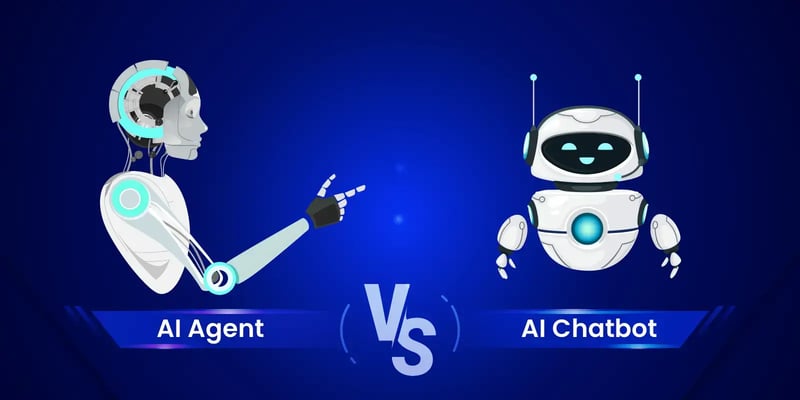
AI agents and AI chatbots are often mixed up and even sometimes used interchangeably. But they’re quite different in their basics. Let’s break it down in a simple way.
AI chatbots are designed for smart conversation and answering questions, while AI agents go further as they can reason, make decisions, and complete complex tasks autonomously.
AI chatbots
Chatbots are designed to talk to humans and automate the process. Think of the live chat on a website or a virtual assistant like Siri or Alexa. Their job is to talk to people and answer questions by providing information.
Some advanced chatbots can do some simple tasks like booking an appointment or checking an order status. Some chatbots are powered by AI (like GPT), but many follow a script or decision tree.
AI agents
AI agents go way beyond talking to people. They are designed to do a specific task, with a clear goal and objective to complete.
Unlike chatbots, they can reason, draft plans, make decisions and do tasks. They can do tasks without constant human input.
AI agents use tools and connect to external systems. Sometimes they can even talk to other agents to get things done.
Some Examples
- You ask an AI chatbot on an airline website, “What’s my flight status?” → It checks and gives you an answer.
- You ask an AI agent to handle your travel → It finds the best flight, books it, updates your calendar, arranges a hotel, and even rebooks if there’s a delay. It carries out all these subtasks without you needing to check in constantly.
Key differences
Here’s a clean and simple table version of those points:
| Aspect |
AI Chatbots |
AI Agents |
| Purpose |
Built for conversation and simple tasks |
Built for autonomous action, decision-making, and complex tasks |
| Behavior |
Often follow scripts |
Can adapt, reason, and learn |
| Capabilities |
Focused on one task or app |
Use tools and work across multiple systems |
| Example Use |
Answering FAQs, booking appointments |
Managing workflows, making decisions, and coordinating with other agents |
What is Model Context Protocol (MCP)
Most business automation processes are now increasingly relying on AI Agents. However, the agents need information or access to the right context at the right time. It helps them take actions like intelligent document processing or sending out an email based on that context. But the problem lies in enabling a smooth connection between an AI model and all these external sources.
To solve this hurdle and make business automation effective, Anthropic has released the Model Context Protocol (MCP). It is an open-source library for connecting external tools to AI Agents.
MCP goes beyond tool calling, as it supports a context-aware, stateful interaction model. It maintains persistent context across multiple steps and tools, which enables complex workflows while retaining a clear understanding of the user's broader objectives.
By using the MCP, AI agents can better understand the tools to be used for the specific purpose and can improve the efficiency of the Business Operations.
What are the Benefits of AI Agents
Here are some common benefits that a business can expect from AI agents:
- Speed and Efficiency: AI agents handle tasks in seconds that might otherwise take hours, which ensures goals are attained swiftly and efficiently.
- Around-the-Clock Availability: As AI agents do not require constant human oversight, they are always ready to help and available 24*7.
- Better Decision Making: AI agents can accelerate data analysis and suggest the best course of action, spot patterns we might miss and improve outcomes.
- More Productivity: You can use AI agents for repetitive or routine work so your team can focus on strategic and core business goals.
- Easy Scaling: Scalability is a default feature of any AI Agent. They can handle the extra load without any fuss.
- Continuous Improvement: Many AI agents get better over time as they adapt to new data and feedback to constantly improve performance.
- Better Customer Experience: AI agents respond faster and provide accurate info to customers and act based on the situation which can seriously improve your customer experience.
To Sum Up
AI agents are changing the game for businesses by helping them work smarter. With artificial intelligence services on the rise businesses can save time, be more productive, and deliver a better customer experience by leveraging AI agents.
Looking forward, the future is bright as AI agents get smarter and can be applied across industries. For businesses, that means more opportunities to stay competitive and create value in ways we can only imagine.
As this tech evolves, it’s clear AI agents will play an even bigger role in shaping the future of work and innovation.
FAQs
Will AI agents replace apps?
No, and it is highly unlikely that AI agents will completely replace apps. However, they will definitely change the way we interact with technology. How do they do that? Well, instead of opening multiple apps and performing tasks, you might just tell your AI agent about the work to do. It will identify the best way to complete your assigned task, potentially using apps in the background. From a deeper perspective, it's more of an evolution than a replacement.
How do I create an AI agent?
There are multiple steps involved in creating an AI agent. It includes defining goals, choosing the right model, preparing data, and integrating tools.
However, if you want to build an AI agent that goes beyond simple automation, the one that thinks, reasons, and adapts in real time, then the best way is to partner with a team that specializes in developing sophisticated AI agents.
At Tech.us, our team takes care of everything from architecture to deployment, which lets you fully focus on outcomes.
Below is the gist of the critical steps that you should follow:
- Select the Specific Agent from the Tech.us Agents Library
- Configure the Agent Input Sources
- Define the Workflow
- Test the Agent
- Deploy the Agent
How much does it cost to build an AI agent?
There is no single cost when it comes to building an AI agent. This is mainly attributed to the changing nature of problems and the work that people want an AI agent to accomplish. Based on these factors, the complexity of AI agents varies, which also influences the cost.
If we break down the costs roughly, it costs anywhere from a few hundred to a few thousand dollars to build a simple agent for basic tasks might cost anywhere from a few hundred to a few thousand dollars if using existing platforms. However, the cost might go up to build a sophisticated AI agent with custom models.
What can an AI agent do?
AI agents can perform a wide range of tasks, including:
- Task Automation
- Customer Service
- Business Management and Optimization
- Personal Assistance
- Data Analysis
- Content Creation
What is an example of an AI agent?
A good AI agent example is as follows:
- Customer Support Agent
- Travel Booking Agent
- Product Recommendation Agent
The above are just some of the popular and widely known AI agents. There are many more custom-built AI agents that are used by businesses.

